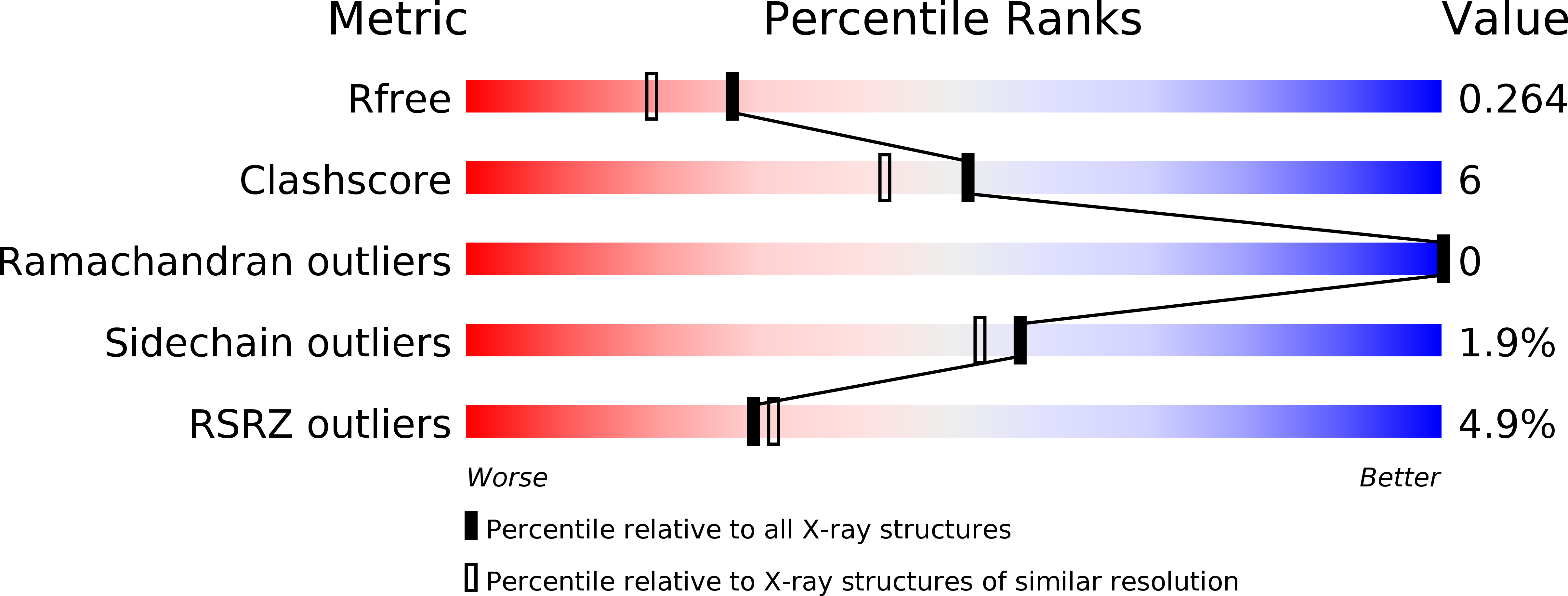
Deposition Date
2019-04-03
Release Date
2019-10-23
Last Version Date
2023-11-22
Entry Detail
PDB ID:
6JRF
Keywords:
Title:
Crystal structure of ZmMoc1-Holliday junction Complex in the presence of Calcium
Biological Source:
Source Organism:
Zea mays (Taxon ID: 4577)
synthetic construct (Taxon ID: 32630)
synthetic construct (Taxon ID: 32630)
Host Organism:
Method Details:
Experimental Method:
Resolution:
2.05 Å
R-Value Free:
0.26
R-Value Work:
0.20
R-Value Observed:
0.21
Space Group:
P 1 21 1


